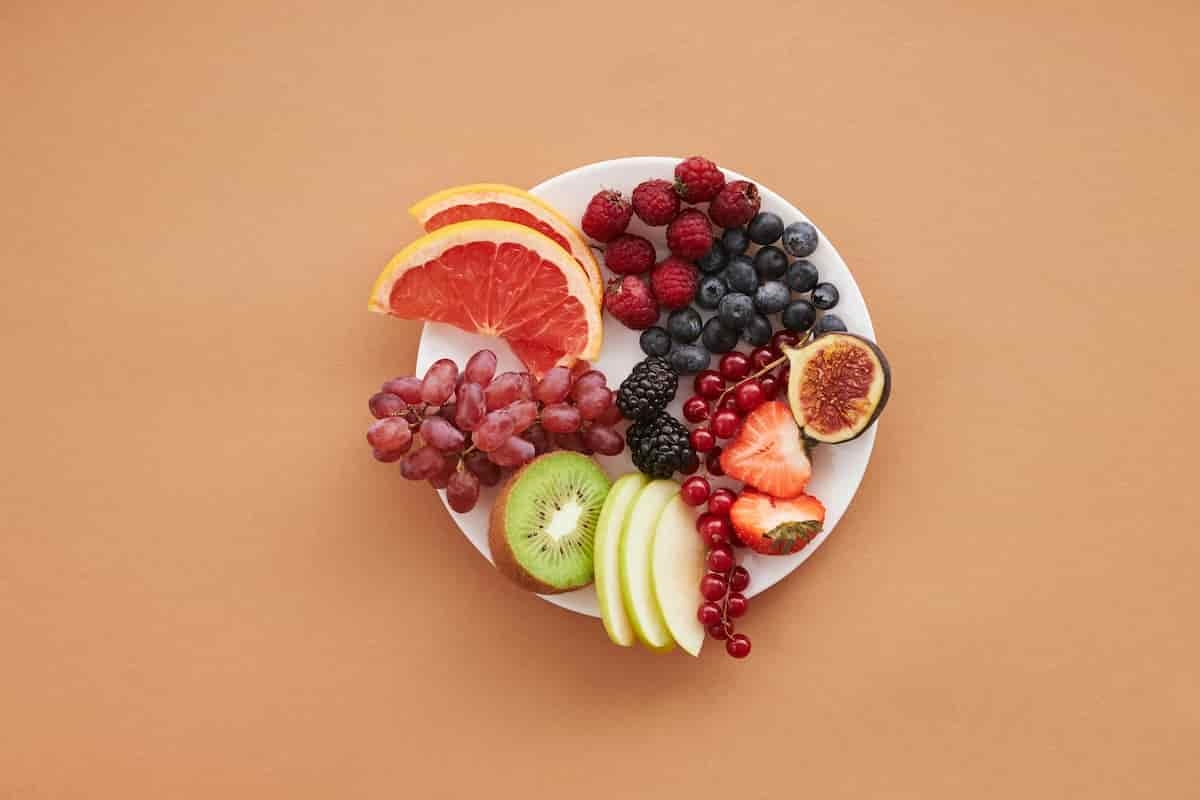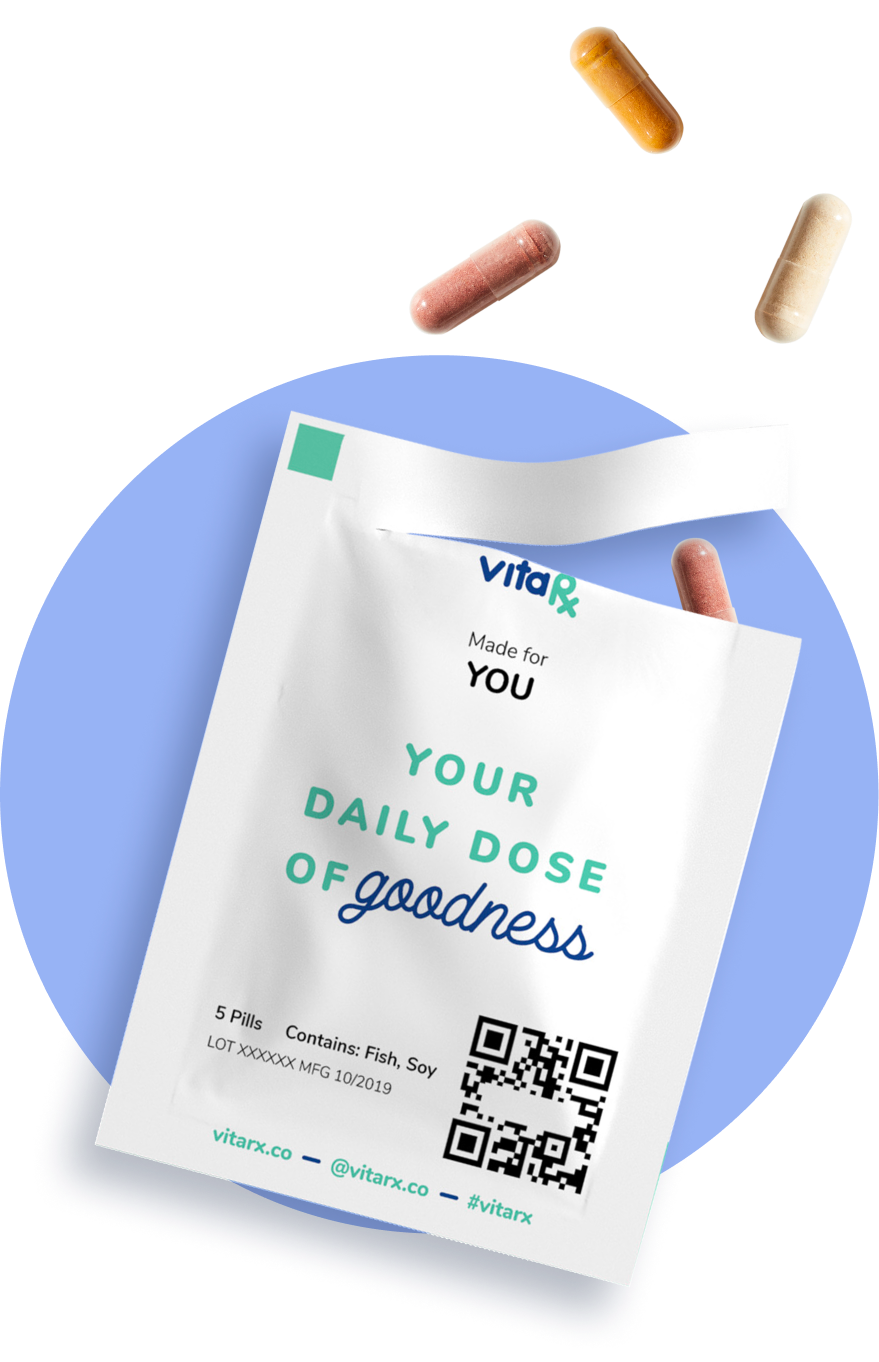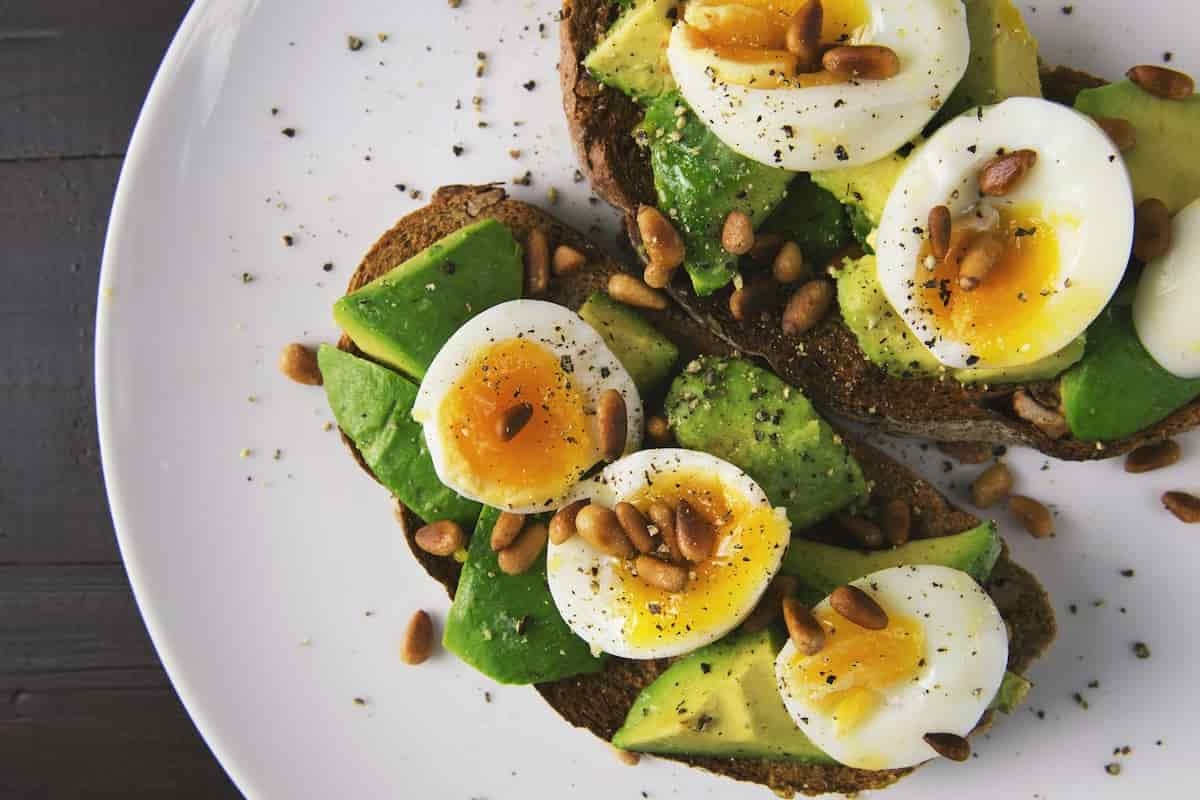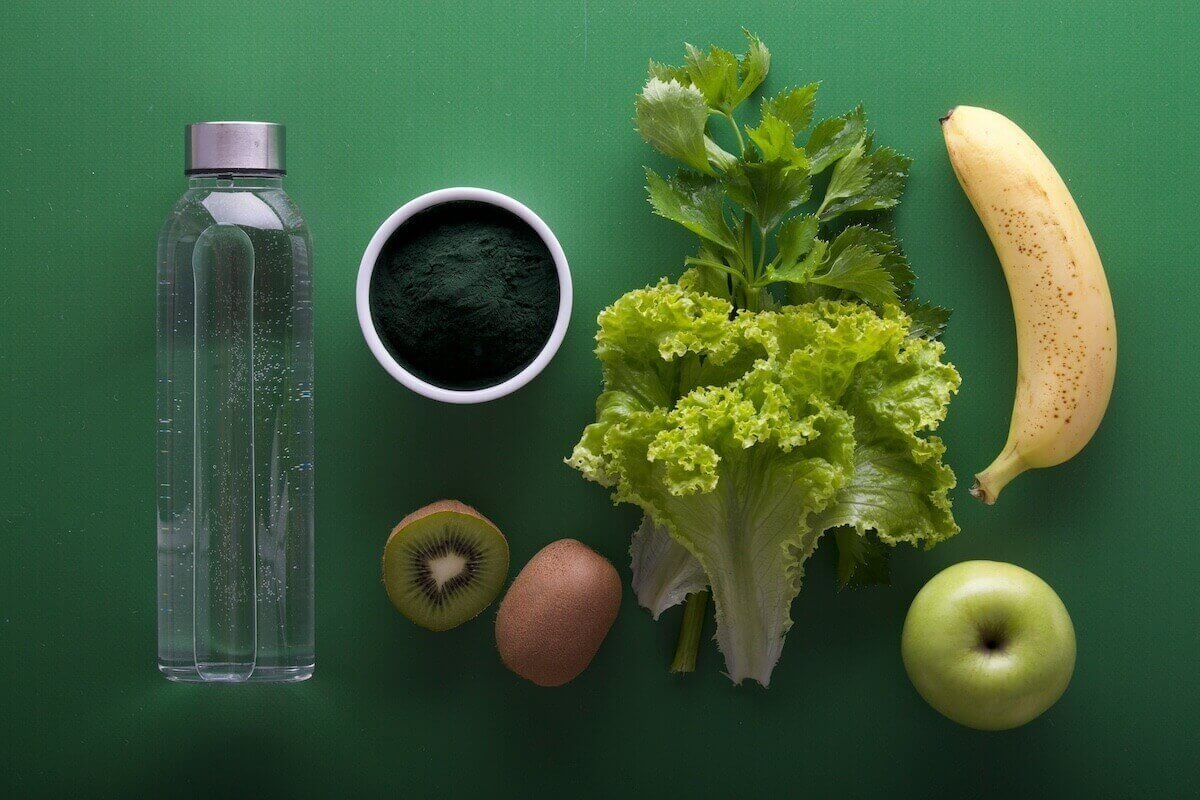Last update: November 4, 2025
11 minute read
Healthy Snacks for Weight Loss: Nutritious Options to Curb Cravings
Struggling with snack attacks while trying to lose weight? Discover smart, satisfying snack choices that keep you full without derailing your goals.

By Derick Rodriguez, Associate Editor
Edited by Dr. Dimitar Marinov, MD, RDN, PhD

Ever find yourself staring into the fridge at 3 PM, knowing you're hungry but worried that snacking will ruin your weight loss progress? You're not alone. The truth is, snacking isn't the enemy as long as you don’t overdo it—choosing the wrong snacks is.
Smart snacking once or twice a day may actually support weight loss by contributing to your overall fiber and protein intake, and therefore supporting your satiety levels.
This guide breaks down what makes a snack truly satisfying, which options deliver the most nutritional bang for your calorie buck, and how to build snacking habits that work with your body, not against it.
Key takeaways
- Protein and fiber keep you fuller longer and help stabilize blood sugar
- Portion control matters more than perfection—even healthy snacks can sabotage weight loss if you eat too much
- Snacks should complement your meals, not replace them or add excessive calories to your daily intake
What makes a snack actually good for weight loss?
Not all snacks are created equal, especially when you're trying to shed pounds. The best weight-loss snacks share a few key characteristics.
The three pillars of satisfying snacks:
- High protein content: Protein takes longer to digest than carbs, which means you stay satisfied longer. It also has a higher thermic effect—your body burns more calories processing it.
- Abundant fiber: Foods rich in fiber add volume without adding tons of calories. They slow digestion and help prevent blood sugar spikes that can trigger more cravings an hour later.
- Low energy density: This means foods that have fewer calories per gram—think fruits, vegetables, and foods with high water content. You can eat more of them without overdoing calories.
Watch out for sneaky calorie bombs marketed as "healthy." Oats, granola, trail mix, and dried fruit can pack 400+ calories into a small handful. They're not bad foods, but portions get out of hand fast.

Protein-packed snacks that keep hunger at bay
When hunger strikes hard, reach for protein first. These options deliver staying power without excessive calories.
Snack Option | Protein | Calories | Serving Size |
|---|---|---|---|
Greek yogurt or Skyr (plain, unsweetened) | 17-20g | ~120 | 1 cup (200-250g) |
Hard-boiled eggs | 12g | ~140 | 2 eggs |
Cottage cheese | 14g | ~110 | 1/2 cup |
Edamame | 17g | ~190 | 1 cup |
Beef/turkey jerky | 9-12g | ~90 | 1 oz |
String cheese | 6-8g | ~100 | 1 oz |
How to enjoy them:
- Greek yogurt or Skyr: Add berries or a drizzle of honey if you need sweetness. Skip the flavored versions—they're often loaded with added sugar.
- Hard-boiled eggs: Prep a batch on Sunday and you're set for the week.
- Cottage cheese: Try it with cucumber slices, cherry tomatoes, or a sprinkle of everything bagel seasoning.
- Edamame: The act of shelling them slows you down, which can help prevent overeating.
- Jerky: Look for brands with minimal added sugar—aim for less than 5 grams per serving.
Fiber-rich options that fill you up
Fiber creates that satisfying "full" feeling without piling on calories. These snacks maximize volume and satiety.
Top fiber-rich snack combinations:
- Apple slices with almond butter: Combine fiber from the fruit with healthy fats and protein. Stick to 1-2 teaspoons of almond butter. Total: ~200 calories
- Raw veggies with hummus: Two tablespoons of hummus with unlimited raw veggies keeps you under 100 calories while delivering both fiber and protein.
- Best veggie choices: carrots, celery, bell peppers, cucumber, cherry tomatoes
- Popcorn (air-popped): Three cups has only 90 calories and provides whole grains plus fiber. Skip the movie theater butter version.
- Fresh berries: A cup of strawberries has just 50 calories and 3 grams of fiber.
- Strawberries: 50 cal/cup
- Blueberries: 85 cal/cup
- Raspberries: 65 cal/cup
- Blackberries: 60 cal/cup
- Chia pudding: Two tablespoons of chia seeds have 10 grams of fiber. Mix with unsweetened almond milk and let it sit overnight in the fridge.
- Avocado on whole grain crackers: Delivers healthy fats plus fiber, though portions matter—avocados are calorie-dense at about 240 calories each.
Quick grab-and-go snacks for busy days
Life gets chaotic. These portable options require zero prep.
Snack shopping checklist:
- Roasted chickpeas
- 1/4 cup serving: ~120 calories, 6g protein, 5g fiber
- Tuna or salmon pouches
- Pack serious protein: 15-20 grams
- Eat straight from pouch or spread on crackers
- Pre-cut fruit
- Watermelon, pineapple, melon cubes
- Hydrating and naturally low-calorie
Snacks to approach with caution
Some foods marketed as diet-friendly can backfire. Here's what to watch.
Snack | The Problem | Calorie Reality |
|---|---|---|
Smoothies | Easy to overdo nut butters, protein powder, and fruit | Often 400+ calories |
Dried fruit | Concentrates sugar; less volume than fresh | 1/4 cup raisins = 120 cal (same as 1 cup grapes) |
Flavored yogurts | Often contain as much sugar as ice cream | Can have 20+ grams sugar per serving |
Granola | Sounds virtuous but calorie-dense | 400-600 cal per cup |
Granola bars | Often loaded with added sugars and oils | 200-300 cal per bar |
Rice crackers/pretzels | Low in everything that keeps you full | Mostly refined carbs |
Nuts | Very high in fats and calories | 350 cal per 50 grams |
Protein bars | Even if sugar free, often have more fat than protein | 200-300 cal per bar |
The bottom line: These aren't forbidden foods, but they're treats, not daily weight-loss snacks.
Smart snacking habits that support your goals
What you eat matters, but how and when you snack matters too.
Five habits of successful snackers:
- Plan ahead: Prep snacks on weekends. Portion out proteins, chop vegetables, boil eggs. When hunger hits, you'll grab what's ready instead of what's easy.
- Use actual portions: Eating almonds straight from the jar is a recipe for consuming 500 calories without realizing it. Measure things out, especially calorie-dense foods.
- Check if you're actually hungry: Sometimes thirst masquerades as hunger. Drink water first and wait 10 minutes. If you're still hungry, eat.
- Combine macronutrients: Pairing protein, fat, and fiber (like crackers + cottage cheese + cucumber) creates more lasting satisfaction than single-ingredient snacks.
- Don't snack out of habit: If you're genuinely not hungry between meals, you don't need to force it. Snacking should respond to actual hunger, not boredom.
VitaRx Tip
Keep a food journal for a week to spot patterns. You might discover you're not actually hungry at 10 AM, you're just procrastinating on work.
Creating your personal snack strategy
Generic advice only goes so far. Customize your approach based on your actual life.
Step-by-step snack planning:
Step 1: Identify your hunger patterns
- When do you typically feel hungry?
- Do you crash mid-afternoon?
- Get ravenous before dinner?
Step 2: Match snacks to your schedule
- Back-to-back meetings? → Need portable, no-refrigeration options
- Working from home? → Can prep fresh veggies and hummus
Step 3: Honor your preferences
- If you hate Greek yogurt, don't force it
- Find what you'll actually look forward to eating
Step 4: Calculate your snack budget
- A good rule of thumb: snacks should represent 10-15% of total daily calories
- For most people: 150-300 calories per snack
- 1,500 cal/day → 150-225 cal snacks
- 2,000 cal/day → 200-300 cal snacks
- 2,500 cal/day → 250-375 cal snacks
Step 5: Test and refine
- If a snack leaves you hungry an hour later, it's not working
- Try something with more protein or fiber next time
— Dr. Dimitar Marinov, MD, RDN, PhDWell-chosen snacks can support weight loss by improving satiety between meals. Practical options include plain Greek yogurt with berries, cottage cheese with cucumber and cherry tomatoes, two hard-boiled eggs with a piece of fruit, edamame, or hummus with raw vegetables. Always favor low-energy-density foods like fruit and vegetables, and pair them with low-fat protein sources.
Common snacking mistakes to avoid
Even well-intentioned snackers sabotage themselves without realizing it.
The six deadly snacking sins:
- Eating while distracted: Snacking in front of the TV or while scrolling your phone means you're not paying attention, which leads to eating more without feeling satisfied.
- Skipping snacks entirely when genuinely hungry: You'll arrive at your next meal ravenous and likely overeat. Strategic snacking prevents this.
- Treating "healthy" as a free pass: Trail mix, avocado toast, and smoothie bowls are nutritious but still contain plenty of calories.
- Not reading labels: "Low-fat" often means "high-sugar." "Natural" doesn't mean low-calorie. Always check serving sizes and calories.
- Using snacks as emotional comfort: Find non-food ways to manage stress or celebrate wins.
- Keeping tempting snacks visible: Store less nutritious options out of sight or don't buy them at all.
Snack timing and meal coordination
When you snack relative to meals affects how helpful those snacks are for weight loss.
Timing guidelines:
Meal Gap | Snack Needed? | Best Timing |
|---|---|---|
3-4 hours | Probably not | N/A |
5-6 hours | Yes | Midway between meals |
6+ hours | Definitely | 3-4 hours after last meal |
Timing tips:
- Space snacks strategically: If you eat lunch at noon and dinner at 6 PM, a 3 PM snack makes sense.
- Avoid snacking too close to meals: Eating 30 minutes before dinner will dull your appetite, but not enough to skip dinner—you just end up eating extra calories overall.
- The post-dinner snack trap is real: Evening snacking is often boredom or habit, not actual hunger. Ask yourself if you're genuinely hungry or just want something to do.
- Pre-workout snacks: Not mandatory, but helpful if your last meal was hours ago. Try a banana with a tablespoon of peanut butter 30-60 minutes before exercise.
- Post-workout nutrition: Protein-rich snack within 1-2 hours afterward helps muscle recovery.
VitaRx Tip
Don't let snacks become mini-meals. If your "snack" is 500 calories, you've just added another meal to your day.
Budget-friendly snacking for weight loss
Healthy snacking doesn't require expensive specialty foods or trendy superfoods. Here are seven ways to save money on snacks:
- Buy in bulk: Nuts, seeds, and dried chickpeas cost significantly less per serving in larger quantities. Portion them out yourself.
- Prioritize whole foods: A bag of apples costs less than packaged protein bars and provides better nutrition.
- Make your own versions: Homemade trail mix, energy balls, or roasted chickpeas cost a fraction of store-bought versions.
- Use frozen produce: Frozen berries and other fruits are picked at peak ripeness, often cost less than fresh, and last much longer.
- Shop seasonal produce: Whatever's in season will be cheapest.
- Summer: berries, melons
- Fall: apples, squash
- Winter: citrus, root vegetables
- Spring: strawberries, asparagus
- Don't overlook eggs and cottage cheese: Both deliver exceptional protein per dollar. Hard-boiled eggs cost roughly 15-20 cents each.
- Buy generic brands: Store-brand Greek yogurt, string cheese, and other basics are nutritionally identical to name brands but cost noticeably less.
VitaRx Tip
If you find yourself constantly white-knuckling cravings, your overall calorie restriction might be too aggressive. Moderate deficits are more sustainable long-term.
How to handle cravings for less nutritious snacks
You'll want chips, cookies, or candy sometimes. That's normal. Here's how to manage it without derailing progress.
Craving management strategies:
- Use the 80/20 rule: If 80% of your snacks are nutrient-dense options supporting your goals, having something less nutritious 20% of the time won't wreck your progress.
- Try the "wait and see" approach: When a craving hits, have a nutritious snack first. If you still want the other thing 20 minutes later, have a small portion.
- Buy single servings: A single-serve bag of chips has a built-in stopping point; a jumbo bag requires willpower.
- Find satisfying substitutes
- Frozen grapes or banana slices for sweet cravings
- Baked chickpeas or kale chips for salty crunch
- Sparkling water with fruit for something fizzy
- Identify the actual craving:
What You Think You Want | What You Actually Need | Better Options |
|---|---|---|
Chocolate | Something sweet | Fruit, dates, Greek yogurt with honey |
Chips | Something salty/crunchy | Popcorn, roasted chickpeas, raw veggies |
Ice cream | Something cold/creamy | Frozen banana "nice cream," frozen grapes |
Cookies | Something sweet/soft | Apple with nut butter, energy balls |
Frequently asked questions (FAQ)
Here are some of the most frequently asked questions about healthy snacks for weight loss.
Final thoughts
Strategic snacking aids weight loss when choices are genuinely satisfying, combining protein, fiber, and healthy fats. Effective options like hard-boiled eggs, Greek yogurt, or nuts, prepared in advance, make a significant difference.
Consistency is more important than perfection; most nutritious choices most days are sufficient. Customize your approach based on what works for you.
Sources and references
- The effect of fiber on satiety and food intake: a systematic review - PubMed
- The role of dietary fibers in regulating appetite, an overview of mechanisms and weight consequences - PubMed
- Unravelling the Effects of Soluble Dietary Fibre Supplementation on Energy Intake and Perceived Satiety in Healthy Adults: Evidence from Systematic Review and Meta-Analysis of Randomised-Controlled Trials - PMC
Editor

Derick Rodriguez
Derick Rodriguez focuses on editing health and wellness-related content. With over half a decade of experience in the digital realm, Derick has developed a unique skill set that bridges the gap between complex health concepts and accessible, user-friendly communication. His approach is deeply rooted in leveraging personal experiences and insights to illuminate the nuances of health and wellness topics, making them more approachable and empowering readers with knowledge and confidence.
Fact checker

Dr. Dimitar Marinov
Dr. Marinov has years of experience in scientific research and preventive and clinical medicine. His publications in peer-reviewed journals are on nutritional status, physical activity, and musculoskeletal disorders among adolescents.
At VitaRx, we're not just passionate about our work — we take immense pride in it. Our dedicated team of writers diligently follows strict editorial standards, ensuring that every piece of content we publish is accurate, current, and highly valuable. We don't just strive for quality; we aim for excellence.
Related posts
While you're at it, here are some other relevant articles you might be interested in.

Get your personalized vitamin recommendations in less than
5 minutes.
Get your personalized vitamin recommendations in less than
5 minutes.






